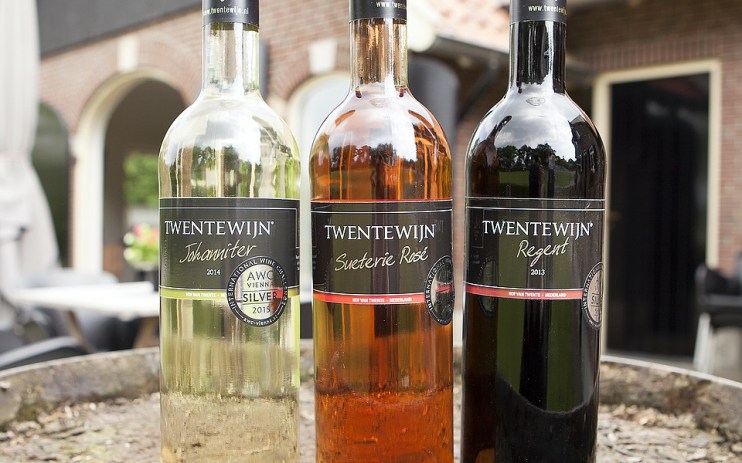Drinking around the world: Care for a glass of Dutch red?

When one thinks of wine growing terroir, thoughts turn to the rolling valleys of the Languedoc or the rugged terrain of the Duero River Valley. The flat-as-a-pancake Dutch countryside doesn’t generally spring to mind.
But with more than 200 active, commercial vineyards, Holland is slowly gaining international attention as a wine-making region as it recovers from the “Little Ice Ages” of the last millennia that have tended to scupper its oenological aspirations.
The Romans first planted vines in Maastricht, then called Trajectum ad Mosam. In the Middle Ages, “viticulture spread to other parts of the Netherlands,” says Marieke Fijnvandraat, founder of GoDutch!Wine, a non-profit platform promoting the Dutch wine market. “This was due to the relatively warm climate at that time. In the 14th and 15th centuries, the hills around the Meuse Valley and Geul Valley were overgrown with vines and Dutch viticulture was at its peak.
“In the 15th century came competition from beer brewers. Then the climate changed drastically. Around 1540 it got colder and colder and from about 1590 we entered the so-called Little Ice Age. After the Eighty Years’ War, Dutch wine was finished. Some say Napoleon prevented Dutch and Belgian viticulture from restarting to prevent competition for French wine makers but this is disputed.”
Marieke’s love of wine began at The Hague City Vineyard in 2017. “I lease a little plot on a yearly basis. Together with an enthusiastic group of wine lovers we make red, white and rosé wines. A new and beautiful world has been revealed to me.”
The oldest Dutch vineyard is Wijngaard De Apostelhoeve, which was planted in 1970. If you’re planning a spot of wine tourism, meanwhile, Domein Holset in Limburg offers accommodation for thirsty grape lovers, who can enjoy a glass of “fris en fruitig” Brut made from Cabernet Blanc and Johanitter.
Roelof and Ilse Vissher opened their Hof van Twente vineyard in 2000 as well as founding the “Neerlands Wijnmakerij”, which represents 30 vineyards around the Netherlands and produces a “cooperative wine”, Déleowine.
Wijngaard Hof van Twente, close to the German border, is now one of the biggest wineries in the Netherlands, producing a range of white, red, sparkling and fortified wines.
For more information wisit the GoDutch!Wine website here.